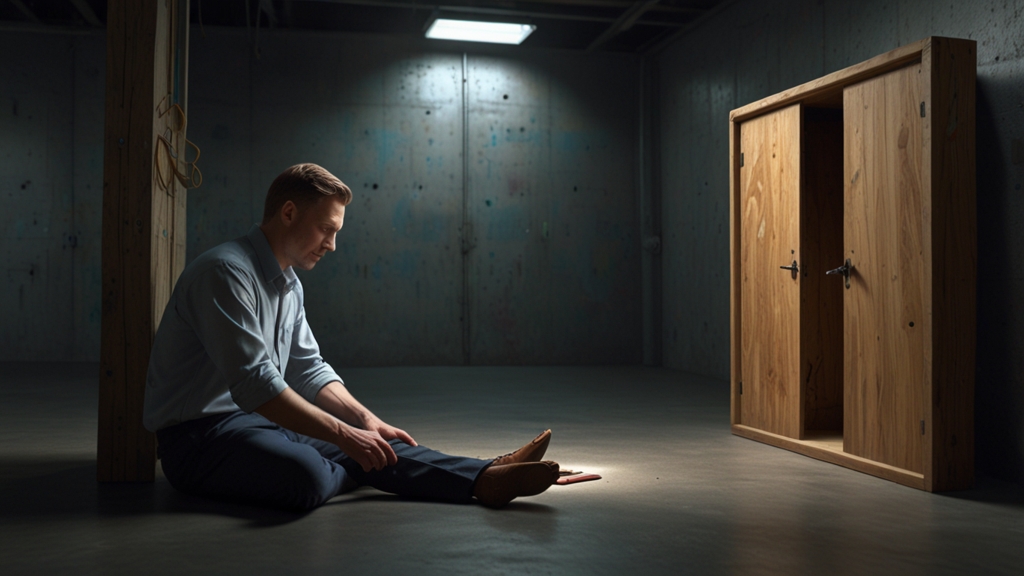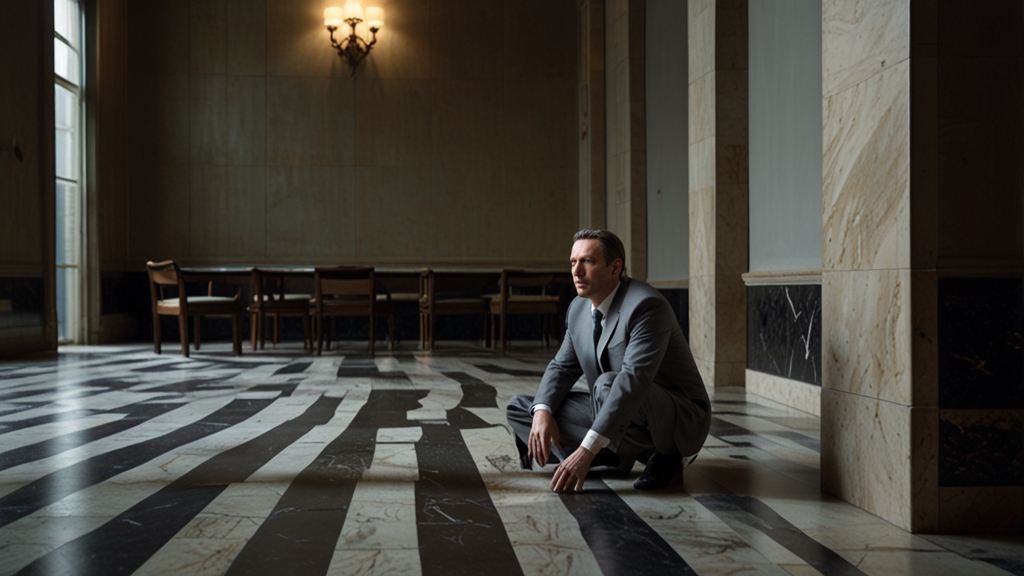Riddles That Make You Think Outside the Box
Riddles have been a source of entertainment and intellectual stimulation for centuries. They challenge our brains, prompting us to think in unconventional ways. A good riddle does more than just test our knowledge; it pushes us to break free from routine patterns of thought and approach problems from new angles. In this article, we'll explore some of the most fascinating riddles that encourage you to think outside the box and expand your cognitive boundaries.
The Classic: The Riddle of the Sphinx
One of the most famous riddles of all time comes from ancient Greek mythology. The Sphinx, a mythical creature with the body of a lion and the head of a human, guarded the city of Thebes. It posed the following riddle to travelers:
"What walks on four legs in the morning, two legs at noon, and three legs in the evening?"
The answer, "a human," refers to the stages of life: crawling as a baby (morning), walking on two legs as an adult (noon), and using a cane in old age (evening). This riddle encourages lateral thinking and an understanding of metaphorical language.
Modern Puzzles: The Elevator Riddle
Recently, more contemporary riddles have gained popularity, continuing to challenge conventional thought. One such riddle is the elevator puzzle:
"A man lives on the tenth floor of a building. Every day, he takes the elevator down to the ground floor to go to work or to go shopping. When he returns, however, he can only travel halfway up in the elevator, and then he has to walk the rest of the way unless it's raining. Why?"
The solution is that the man is of short stature and can only reach the button for the fifth floor. On rainy days, he uses an umbrella to press the higher buttons. This riddle requires you to think about physical limitations and contextual clues, illustrating that the simplest answer is often the correct one.
Tech-Themed: The Light Bulb Riddle
In the digital age, tech-themed riddles have also emerged. One popular example is the light bulb riddle:
"You are in a room with three light switches, each of which controls one of three incandescent light bulbs in the next room. You can only enter the room with the bulbs once. How can you determine which switch controls which bulb?"
The answer involves a step-by-step process: Turn on the first switch and leave it on for a few minutes. Then, turn it off and quickly turn on the second switch. Enter the room with the bulbs. The bulb that is still warm corresponds to the first switch, the bulb that is on corresponds to the second switch, and the bulb that is off and cool corresponds to the third switch. This riddle teaches logical sequencing and the importance of multi-step problem-solving.
Why Riddles Matter
Riddles serve as excellent tools for cognitive development and mental flexibility. They are particularly effective in educational settings, encouraging students to engage in critical thinking and problem-solving. Whether they're rooted in ancient mythology or modern technology, riddles break the mold of conventional thinking and offer fresh perspectives.
So, the next time you're faced with a challenging problem, remember: sometimes the best solutions come from thinking outside the box. Embrace the world of riddles, and you'll find that they open up new ways of approaching and understanding the complexities around you.











